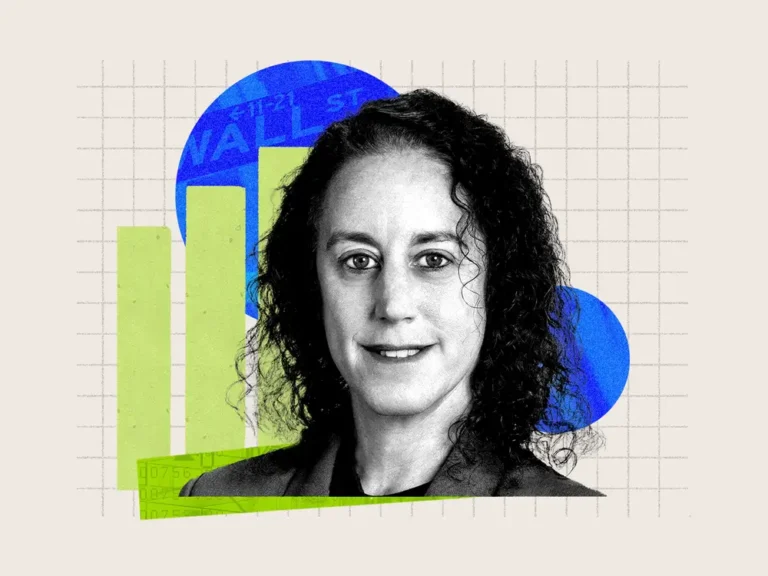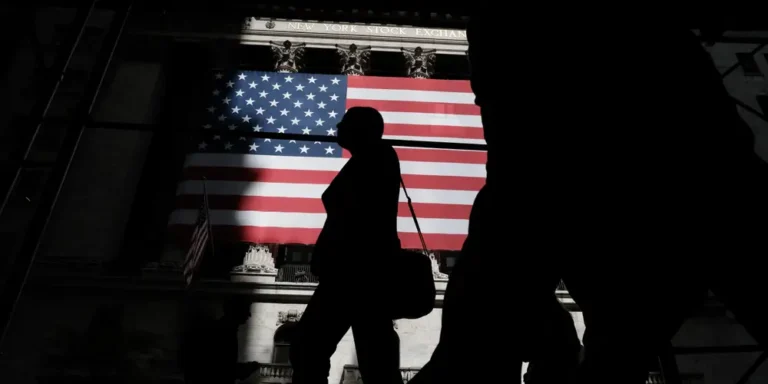It’s not just crime: What’s really going on with San Francisco’s shrinking retail district

CNN’s Samantha Delouya
Los Angeles, CA — Downtown San Francisco is in bad shape in many ways. The city’s Union Square neighborhood, which was once teeming with shoppers, diners, and tourists, has seen a decline in foot traffic and storefront closures.
According to Google Street View, which was last updated in June, stores in the area now have papered-over windows and “Retail for Lease” signs.
While many major cities in the United States have recovered from the Covid pandemic, San Francisco’s recovery has been more difficult. Union Square’s decline is a microcosm of the city’s struggle.
Mapping the exodus
Union Square has long been a major commercial hub in the heart of downtown San Francisco. It hosts many public events and is a popular tourist destination in the city due to its high-end shops, department stores, and hotels. However, many well-known chains, including CB2, Anthropologie, and Nordstrom, have recently announced their departures from the area.
According to market research firm Coresight data provided to CNN, nearly 40 retail stores have closed in Union Square’s zip code since 2020, with dozens more closing in the surrounding area.
RELATED: Move over, San Francisco: Silicon Valley’s suburbs are calling.
In June, shopping mall operator Westfield relinquished control of its San Francisco Centre mall. The decision was made due to “challenging operating conditions” in the downtown area, according to the company. A spokesperson for Westfield mall told CNN affiliate KGO-TV in May that store closures highlight “the deteriorating situation in downtown San Francisco.”
“A growing number of retailers and businesses are leaving the area due to unsafe conditions for customers, retailers, and employees, as well as the fact that these significant issues are preventing the area’s economic recovery,” a spokesperson for KGO-TV said.
A complicated decline in downtown
The reasons for downtown San Francisco’s economic woes are numerous. The city’s working population has yet to return to work at the same rates as other major cities, contributing to a decline in downtown foot traffic. Many residents have left the city, according to US Census estimates: From 2020 to 2022, the population of San Francisco County fell by more than 60,000 people, or more than 7%.
Furthermore, the unhoused population in San Francisco’s downtown has increased. According to the findings of a June survey conducted by the University of California, San Francisco, 30 percent of the nation’s homeless population lives in California, and the majority blame their predicament on the state’s high housing costs. According to Redfin data, the median sale price of a home in San Francisco is currently $1.32 million, making it 214% more expensive than the national average.
According to San Francisco Police Department data, as the downtown area of San Francisco has emptied over the last three years, property crimes and retail thefts have increased. Elon Musk, CEO of Tesla, whose corporate headquarters were previously located in nearby Palo Alto, recently tweeted that San Francisco felt “post-apocalyptic.”
However, violent crime in San Francisco has remained relatively low in recent years when compared to other major US cities.
Tourism slows down
One often-overlooked reason for the Union Square economic slowdown is a drop in visitors since the pandemic.
According to data from San Francisco International Airport, travel to San Francisco has yet to fully recover to pre-pandemic levels.
According to Lori Lincoln, vice president of San Francisco Travel, the official destination marketing organization for the county and city of San Francisco, visitor spending from all countries is expected to reach 2019 levels by 2024, and visitor volume is expected to recover by 2025.
According to Lincoln, tourism is the largest source of outside revenue for San Francisco, and tourism from Asia is an important part of the city’s overall economy.
According to Oxford Economics data, Asian travelers outspent those from the Americas and Europe in San Francisco between 2019 and 2023. Tourists from the Asia-Pacific region spent $3.1 billion in San Francisco and neighboring San Mateo counties in 2019, compared to $1.5 billion spent by Europeans and $1 billion spent by Americans.
Despite the fact that Asian tourism has not fully recovered, travelers from the Asia-Pacific region will spend $1.9 billion in 2023, outspending tourists from the Americas and Europe, according to Oxford Economics.
According to Lincoln, China was San Francisco’s most important overseas source of visitor spending in 2019.
However, China’s zero-Covid policy, which imposed strict lockdowns on many of the country’s major cities for more than two years, effectively halted travel to San Francisco — and most other places.
Time for a turnaround?
San Francisco Mayor London Breed’s office said in a statement to CNN that “while San Francisco continues to recover from very serious economic challenges exacerbated by the pandemic, Mayor Breed is encouraged by the significant progress the City has made to revitalize Downtown as part of her Roadmap to San Francisco’s Future.”
Breed intends to boost office attendance by “identifying and recruiting strategic sectors that support San Francisco’s resilience,” such as AI firms. Her plan also includes increasing the city’s police force and changing city codes to allow some commercial buildings to be converted into residential properties. Breed recently proposed demolishing vacant retail space, including the San Francisco Centre.
However, while a flood of stores has recently left San Francisco, the tide may be turning.
Oxford Capital Group, a Chicago-based hotel investor, announced Tuesday that it would make a multimillion-dollar bet on San Francisco’s downtown with the debut of four rebranded hotel properties in the area.
“We are optimistic about downtown San Francisco’s long-term prospects, which have proven resilient through a number of economic cycles and challenges,” said Sarang Peruri, chief operating officer of Oxford Capital Group, in a statement.
In addition, Ikea recently opened a three-level, 52,000-square-foot store near Union Square.
According to Breed’s office, the city is “seeing progress,” citing new businesses in Union Square.
“The arrival of @IKEA is great news for the City’s economic recovery, bringing local jobs and excitement to the Union Square area,” Breed said in a tweet. “We are delighted to welcome IKEA to San Francisco’s future.”
The-CNN-Wire TM and 2023 Cable News Network, Inc., both owned by Warner Bros. Discovery. All intellectual property rights are reserved.






